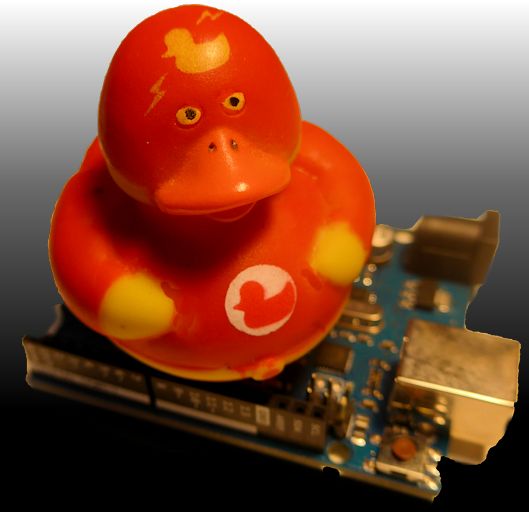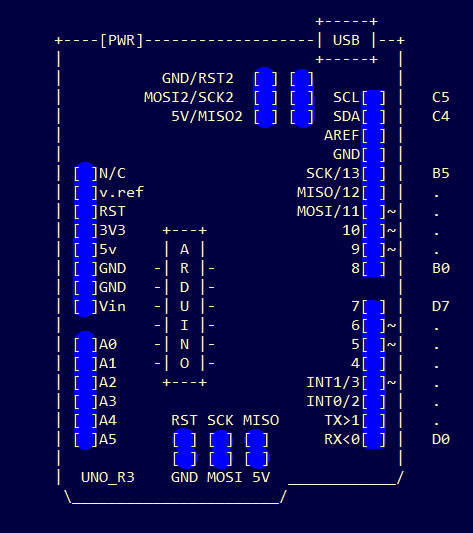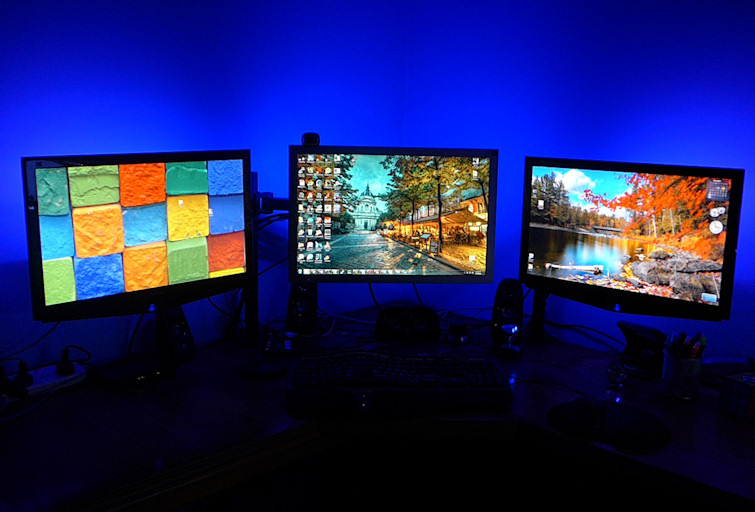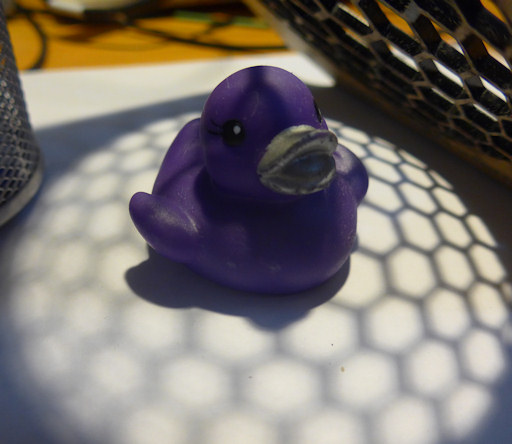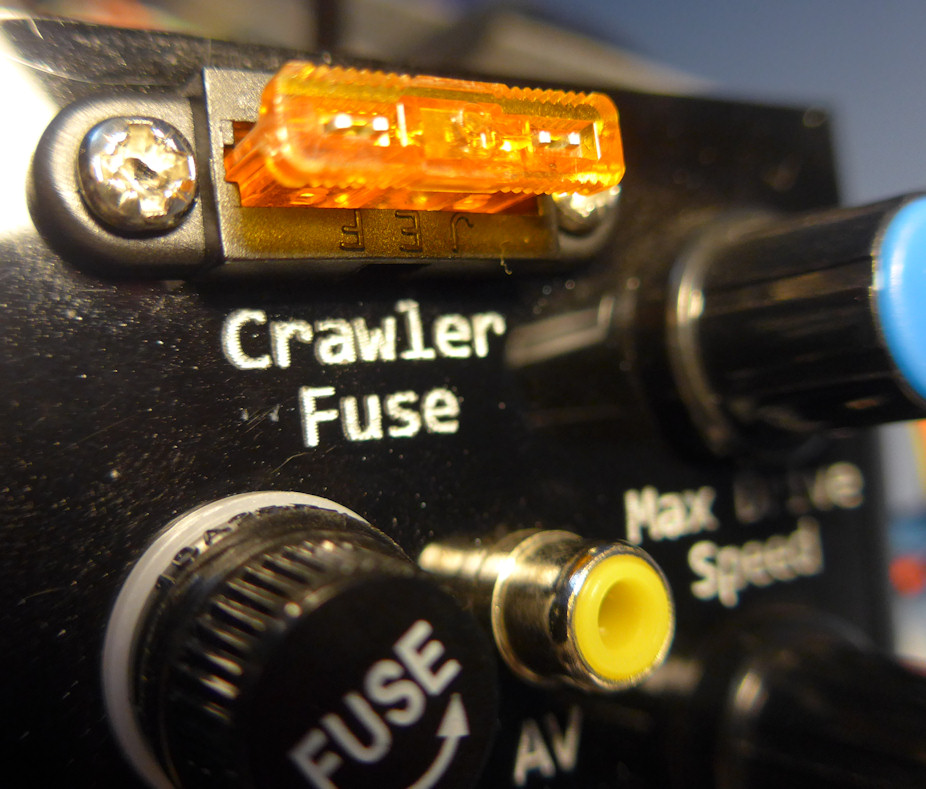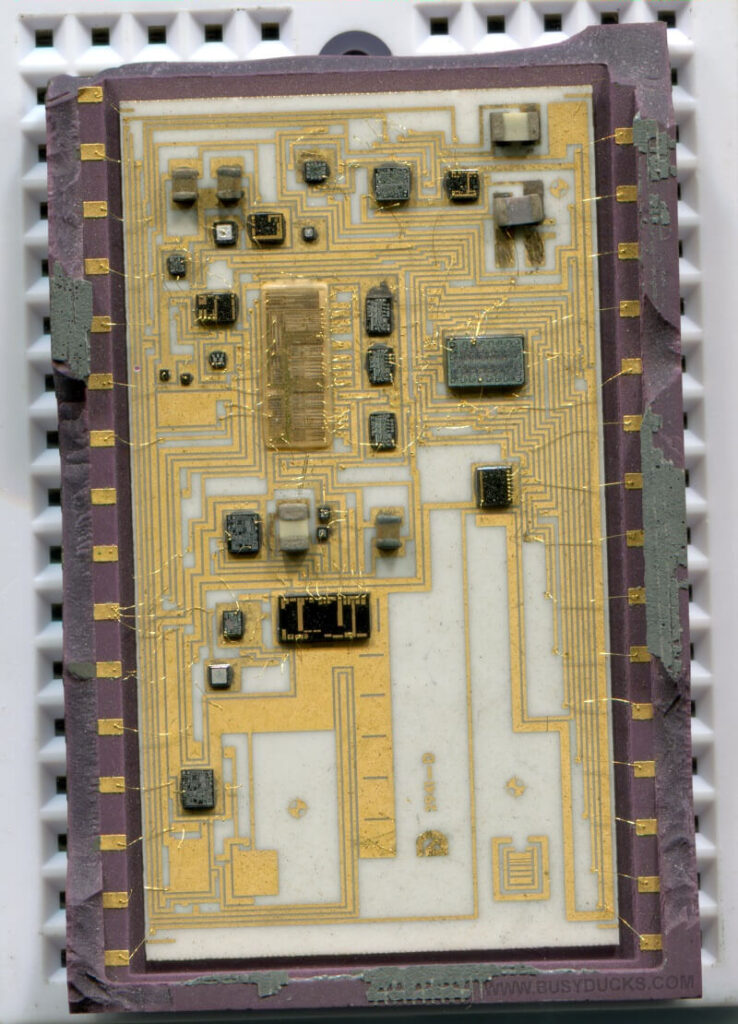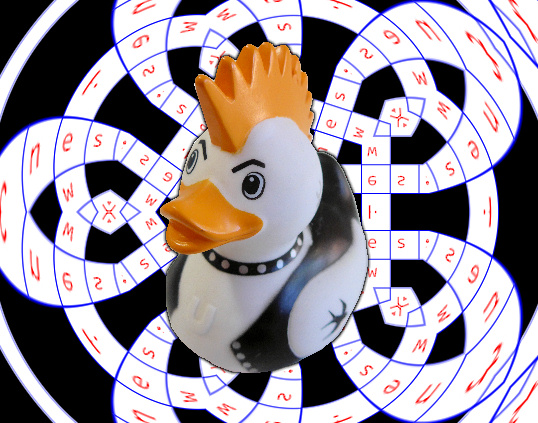Part one, in a journey to upgrade an old robot. This classic 80’s robot This robot was also known as: Tandy Robie, Radio Shack Robie, Robie the Robot, Talking Robie, RS 4061, Robocom 1000, Robie Parlant, and Robocom Robot (Super).
Category:Blog
Parametric VESA Mount Fixer.
Recently I encountered a monitor that used a different mount despite being only a few digits of in model number. The monitor needed to live with the other, so I created an OpenSCAD mount to convert lower mount VESA, to central mount VESA.
What is the difference between a laser that will cut metals and one that won’t?
A friend who recently acquired a CO2 laser cutter for his school recently sent me a message. “What is the difference between a laser that will cut metals and one that won’t?”. I thought this is a good question, as the answer will help with understanding how to work with many materials.
Making a Train Set: Part 1 – Design and Woodwork.
Recently I have been building a train set, I will blog the progress, in six parts, highlighting how I get certain things done.
Surface Preparation and Finger Prints. How bad are they?
In preparing a surface for paint / glue / thermal paste / soldering / whatever, there is one thing to remember. A normal finger print is of similar thickness to cling wrap (0.01mm). A thick (eg post pizza) print, where the ridges are no longer visible, is closer to the thickness of a sheet of paper (0.1mm).
Rule of thumb. If you would you would not be happy with this kind of material on the surface of whatever you are coating, remove your finger prints.
[UPDATE] Comprehensive Arduino Flash Memory via PROGMEM
[Updated for arduino v1.6] This post is a huge set of PROGMEM examples (done as unit tests) which you can freely copy and paste into your work.
The readership level is set at those who are already familiar with the arduino PROGMEM documentation here and the use of the F() macro and __FlashStringHelper*
Its designed as a reference to save you the “lets see how to make this work” time and communicate common pitfalls. Search for the method you need to use, and see it running in working tested code
35 Strange Alternatives for the Word “Return”.
“Return” (based in latin) [re =back, tornare = to turn]. ie to turn back.
Scopeturn [scope = examine] so: “on closer inspection, you can have it back”. Read on for more…
ASCII-Art Arduino Pinouts
Managing arduino projects can be a nightmare because its hard to keep track of your hardware setup in your code comments. To enable easy documentation of pin assignments, I created a couple of ASCII art arduino pin-outs.
These come complete with ports, PWM and coms all marked. Simply paste as a comment into your code and marvel at your new found organisation.
RGB Bias Lighting with Arduino (Part 1)
We are setting up an arduino with a WS2811 LED strip to do RGB based bias lighting effects.
Elec-TRICK-s part 1 – “dual mono-speakers”
Today, after an errant purchase, I am a little peeved at how certain companies deceive consumers with electrical smoke and mirrors. So I am creating the tag “Elec-TRICK-s” and going through devices that are tricking you into making a purchase.
Cheap and easy temperature controlled cabinet fan.
Cabinet cooling hack. Because good entertainment units are still not heat dissipation savvy.
I reckon my fan guard design is pretty damn neat. (Free Plans)
I needed some fan guards for my arcade machine and for a neat little entertainment centre hack. Playing around I made a fish-eye honey-comb screen that looked pretty good. The pattern has larger holes near the centre of the fan and smaller holes where it counts.
10 simple things search engines could do to save my sanity
I have felt for a while that web searching is still an awkward thing from a Human Computer Interaction point of view. So I made a wish list of simple improvements that would literally turn my world upside-down.
How to make coloured text in acrylic with spray paint.
Laser engraving text on acrylic / perspex does not create a lot of contrast. This leads to the subject of painting text on the acrylic. I have developed some useful methods of achieving this that I thought I would share.
List of the best pages/software that empowers you to generate awesome procedural art.
Firstly, you will find none of the “lets make homework cool” type stuff here. The Internet has become a much more stimulating place for maths, visualisation and generative images. This is in part driven by the death of those “java applets” as wonderful HTML5 based interactive maths content takes glorious hold. Trying to keep pace with …
Continue reading List of the best pages/software that empowers you to generate awesome procedural art.
The scientific breakthrough discovered by inserting tampons into peoples noses.
So your here because you just couldn’t resit the title… or you used some very odd search terms in Google. In any case, welcome to the article that gave me the most pause to write about so far. Background. !t was the 1960s (this decade is developing a bit of a reputation) and doctors were treating …
Continue reading The scientific breakthrough discovered by inserting tampons into peoples noses.
What’s inside an integrated circuit? We broke one open and scanned it for you at 12,800DPI
Because you always wondered what was inside. See if you can guess which IC it was? Useful image for teachers, overhead slides etc. NB: This is not always a good DIY or classroom activity. Be aware that some electrical components create a seriously hazardous dust when broken open. Rectifiers, Hi Power transistors, Older IC’s & IC’s with certain …
Continue reading What’s inside an integrated circuit? We broke one open and scanned it for you at 12,800DPI
Neat maths trick with an orange. Bonus: the worst duck joke ever!
Draw five dots anywhere on an orange with a white board marker. There is a way to cut the orange exactly in half so that at least four of the dots are visible on one side. Can you figure out how? Solution in this video.
The worlds best rubber duck collections… because awesome is not just for giant robot dinosaurs.
Welcome to the se-duck-tive world of duck collecting.
Crossword Software (alpha)
Easy to use software to generate crossword puzzles.
This is still very much alpha software (totally unfinished). I appreciate anyone who wants to kick the tyres and let me know what they think.





